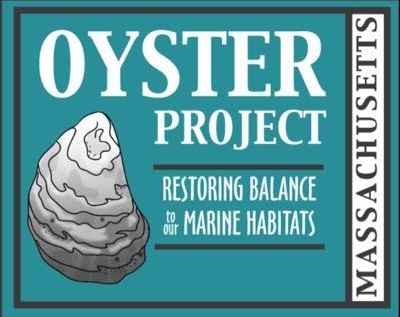Learn more about oysters
Oyster is the name for a number of species of bivalves located around the world. In New England, our native species is the Eastern Oyster. Eastern Oysters are a keystone species in the coastal ecosystems of the North American east coast.
Oysters Worldwide
Worldwide oyster populations today are a fraction of what they once were. Imagine ten foot high oyster reefs sprinkled along the coast for miles. This was a common sight for those aboard ships several hundred years ago. Overharvesting, pollution, and human coastal development have devastated oyster populations across the globe.
Communities of the past did not regulate the harvesting of oysters. Growing nations didn't regulate water pollution. Oysters suffered along with other marine life. Coastal development also played a part. The land that makes up the City of Boston, is unrecognizable today compared to how it looked a couple hundred years ago. Years of filling in estuaries, rivers, and bays so we could build more has erased those habitats from existence. The same has happened, and continues to take place, in countries all around the world.
The Basics
Oysters are filter feeders and reproduce in massive group spawning events. Oyster feeding purifies the water around them.
Reefs
Oysters naturally grow in clumps that can grow into massive reefs. These reefs are important for our coastal ecosystems.
Farming
Most oysters you eat in restaurants are farmed. That’s also where pearls come from. Oyster farming is actually beneficial for the environment.
Types of Oysters
Crassostrea virginica -- Eastern Oysters
Crassostrea gigas -- Pacific Oysters
Crassostrea sikamea -- Kumamoto Oysters
Ostrea edulis -- Belon Oysters
Ostrea lurida/conchapila -- Olympia Oysters
Saccostrea glomerata -- Sydney Rock Oysters
The Future of Oysters
Humans have damaged the environment for generations. The silver lining is that we now have a better understanding of how important these ecosystems actually are. Large scale green engineering projects like New York’s coastline serve as an example to communities everywhere. They show that living shoreline features like oyster reefs are far the most effective and valuable option. The short term gains of overharvesting, shoreline development, and polluting practices are nowhere near worth as much as maintaining these natural features of our coastline and using them to our advantage.



